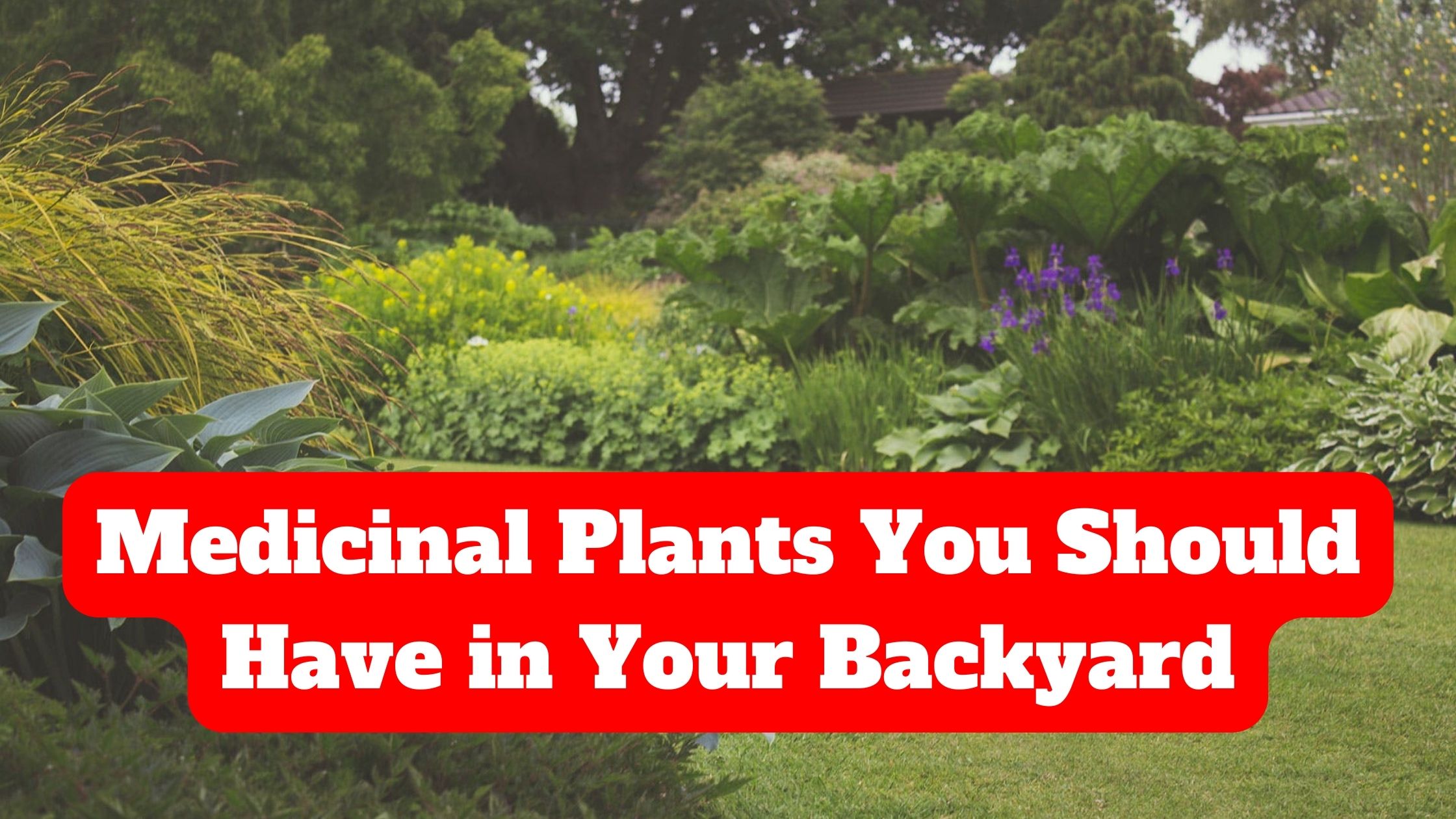Have you noticed that your backyard can be your pharmacy, this means you don’t have to order medicine from the Pharmacy or visit any nearby pharmacy. Imagine stepping into your backyard and looking for medicines. These medicines in your backyard can be helpful for your tooth pain, Skin, fever, cold, and hair.
But what are these plants and flowers that act as a medicine, and what plants one should grow in their backyard? Let us find out the best 10 Medicinal plants that one should grow in their backyards if someone is staying in the US or Canada, of course, people from other countries can also try it.
Best Medicinal Plants in your Backyard
1. Chicory – The Painkilling Plant You Should Grow in Your Backyard
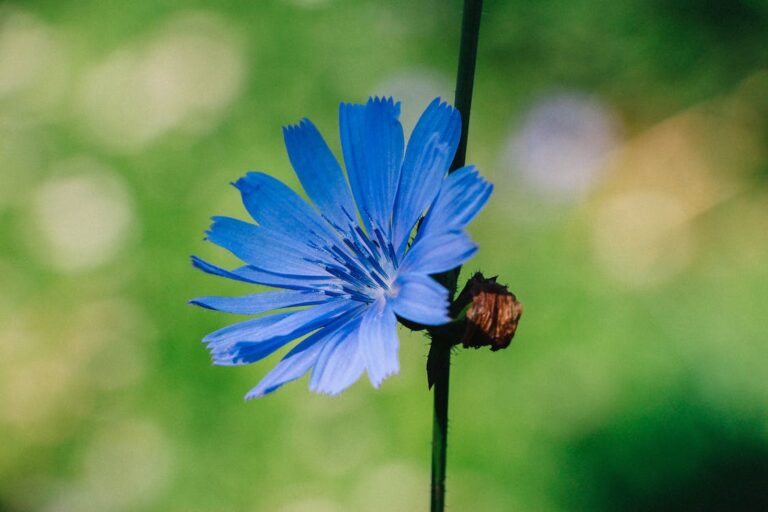
This is the wild plant that Native Americans used to look for more than any other. They’d harvest and use chicory to make a natural painkilling extract for a wide range of physical discomforts, especially stiff and achy joints.
And so can you! The root is rich in chicoric acid (CA), a plant compound with potent anti-inflammatory and analgesic properties but no risk of addiction. If our pharmacies ever run dry, having even a small patch of chicory growing in your own backyard will provide relief.
Chicory is a very good soil builder in your garden, pulling nutrients up from deeper in the soil with its long taproot and then returning them to the surface when it dies back.
2. Yarrow – The Backyard Wound Healer
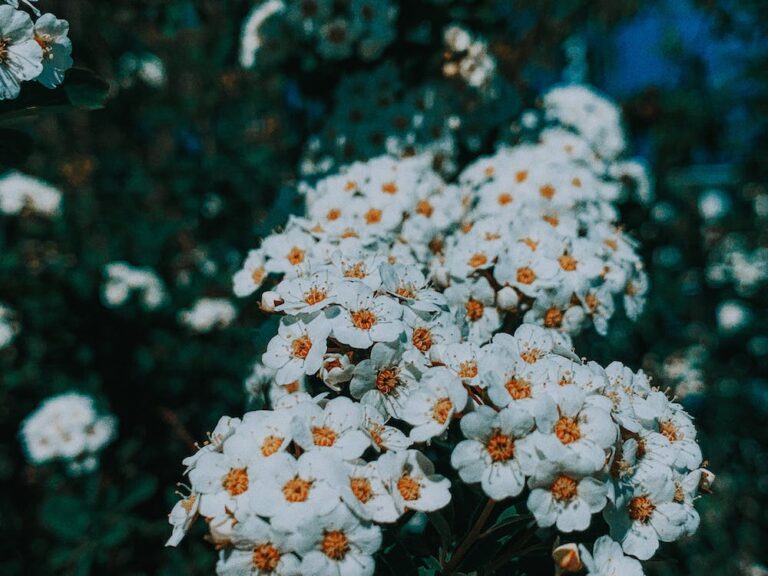
You always want to have a quick and reliable way to stop a wound from bleeding and help prevent infection. Yarrow does both. Even if you get a toothache, chewing a fresh yarrow leaf will numb the area and provide instant relief.
The beautiful yarrow flowers attract beneficial insects like bees and ladybugs, which eat aphids and other pests and also help pollinate your plants.
3. California Poppy – Better Than Sleeping Pills
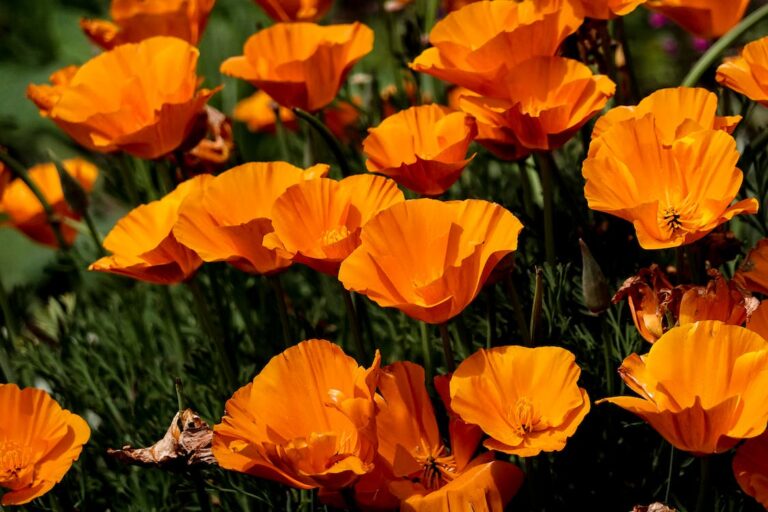
California poppy helps support a restorative, deep sleep like we enjoyed as children when falling and staying asleep for at least eight hours each night were both effortless. Why risk the addiction to prescription sleeping pills when you can make your own Sleep Tea from this plant?
With extremely high levels of pollen production, the poppy is an important food source for beneficial insects. It also needs very little water, so the other plants will get more.
4. Marshmallow – The Most Powerful Plant for a Healthy Digestive System
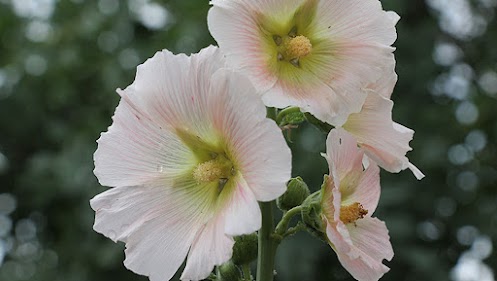
When most people hear marshmallow, they tend to picture the white fluffy treat commonly roasted over a campfire. Traditionally these were made from the root of the marshmallow plant, a powerful medicinal herb that you’ll want to grow yourself at home. Its leaves and root are antibacterial, and most importantly, they contain a sap-like substance called mucilage.
Painted lady butterflies are attracted to it, and native pollinators cover its blossoms all summer long.
5. Chamomile – The Natural Antibiotic
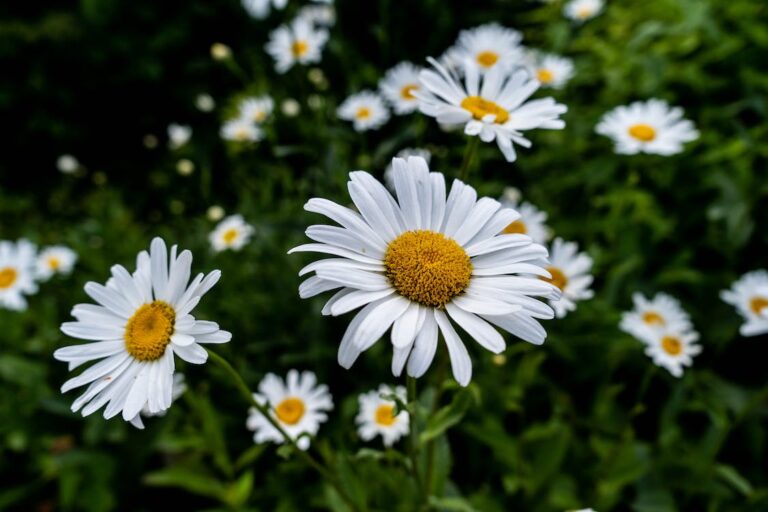
You can also use this plant to make your own chamomile oil, which is still probably one of the best natural skin remedies out there. Researchers believe that’s because chamomile oil can penetrate even the deep layers of your skin, where true healing takes place.
Chamomile is known as “The Gardener’s Doctor” as it has the power to heal and enhance the growth of the plants around it.
6. Evening Primrose – A Natural Remedy for Skin and Nerves
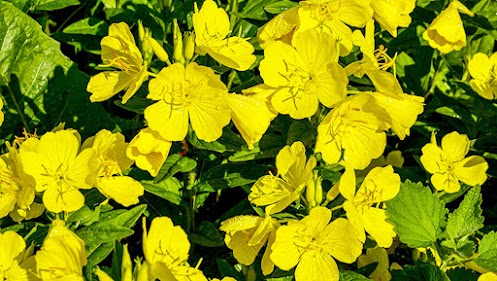
This plant is called evening primrose because its flowers open at sunset. Each bloom lasts for only one night. Our forefathers would use it to make a poultice for bruises, wounds, and skin eruptions. Turns out they were right. This plant contains two substances our skin needs but cannot produce on its own (gamma-linolenic acid and linolenic acid).
This plant provides food and attracts numerous species of hawk moths, which tend to move pollen farther than bees or birds, as well as butterflies and bumblebees.
7. Lavender – The Perennial Anti-Inflammatory Herb
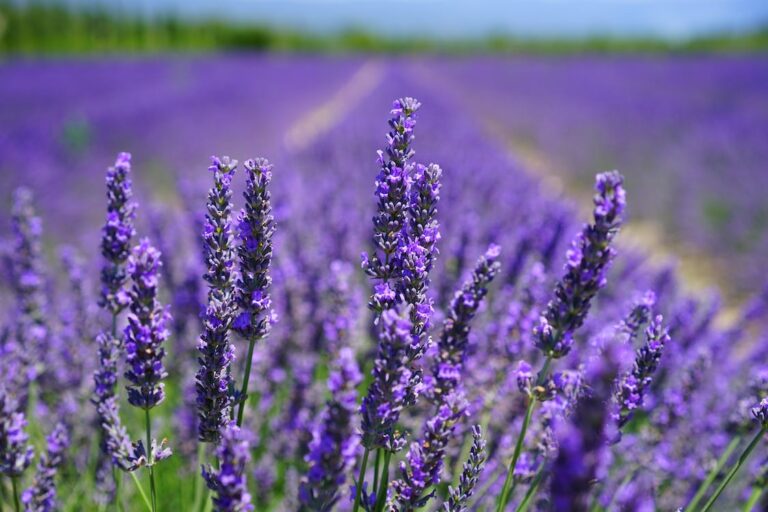
You’re probably familiar with how this aromatic plant can keep moths from dining on your winter wardrobe. But if you use it medicinally, it can offer so much more! A recent double-blind study concluded that lavender oil cuts down anxiety to the same extent as taking a 0.5 mg daily dose of Lorazepam, a popular anxiety drug.
A lavender tincture used alongside a regular antidepressant can help you recover from mild to moderate depression a lot faster and lower the chance of a relapse. And if you just rub a few drops of lavender oil on your scalp every day, it will improve blood flow, strengthen hair follicles, and even help with lost hair.
Just as it banishes bugs from your closet, it also banishes pests from the garden. It’s also one of the best companion plants out there, helping many others reach their full potential. It attracts many species of butterflies, including painted ladies, woodland skippers, and tiger swallowtails.
8. Echinacea – The Most Powerful Immunity Plant You Should Grow
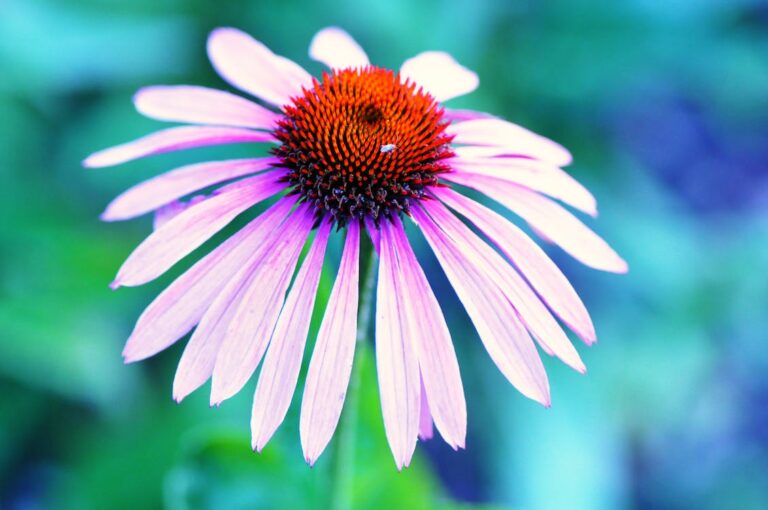
When it comes to our health, the immune system is king. A strong one might save you even if you’re very sick and have no medicines available. A weak immune system might not, even if you have all the best medicines and doctors by your side.
There’s no better plant for taking care of your immune system than echinacea.
Echinacea helps keep plants moist and prevents weeds from spreading and taking over your backyard pharmacy.
9. Calendula – The Herb You Need to Keep Close During Dark Times
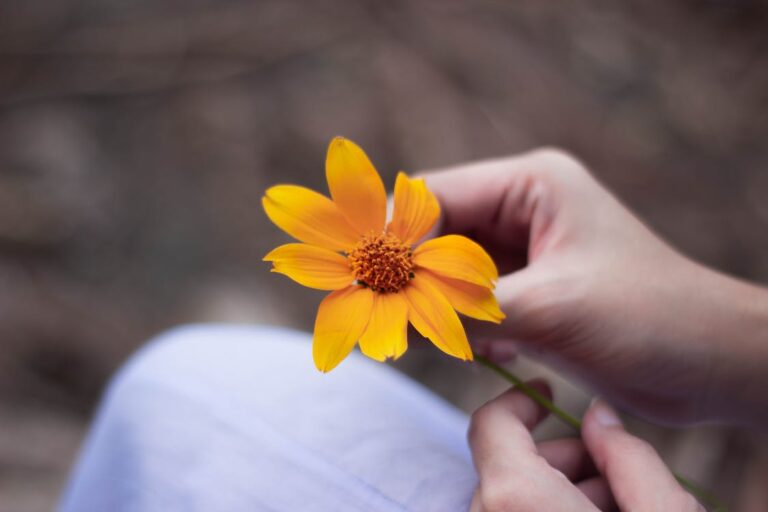
Calendula helps repel insect pests and benefits the soil by forming active relationships with soil fungi.
10. Feverfew – Nature’s Aspirin for Fevers and Migraines
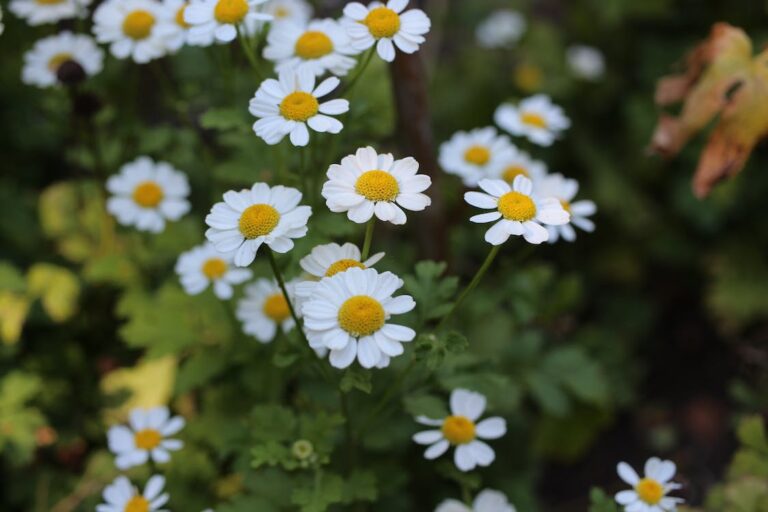
With feverfew in your backyard, you’ll always have a way to deal with a cold, lower a fever, or fight off migraines. This plant is a powerful anti-inflammatory, and people have used it to deal with inflamed and painful joints. Parthenolide seems to be the plant compound responsible for its medicinal power.
The highest concentration of parthenolide is found in the flower heads and leaves, so the easiest way to use this plant is to chew them raw so they release the parthenolide flowing inside.
Feverfew repels pests, hides other plants from them, and also attracts beneficial insects such as hoverflies and tachinid flies to your garden.
If you do not have these plants in your backyard, there is a way out. You can get the seeds of all these 10 plants from a single source.
You can order and buy a Medicinal Garden Kit, if you buy this kit you will also get a Free Herbal Medicinal Guide, in this guide you will get details on how to plant, grow, and harvest these plants.

